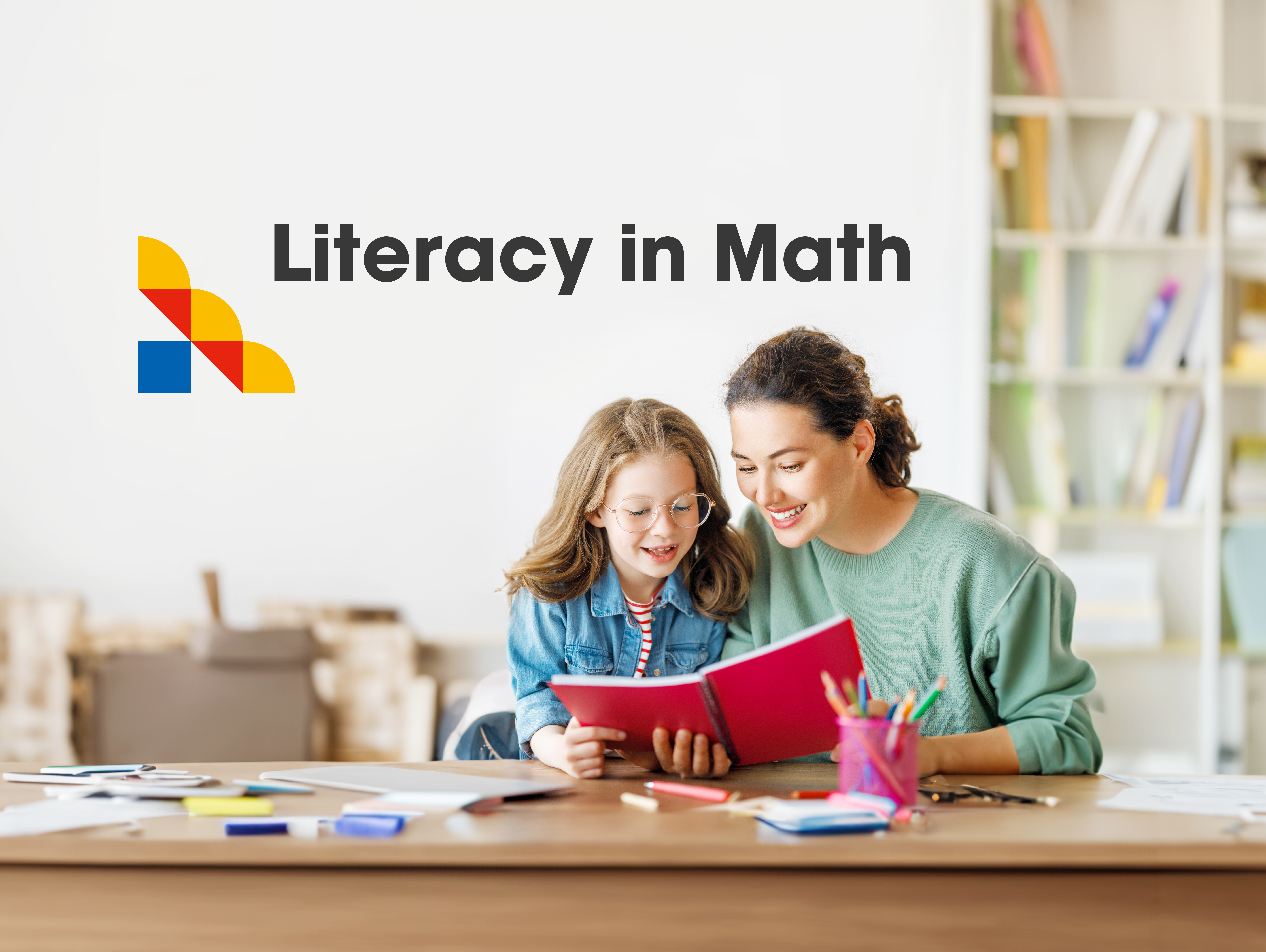Blog
Literacy in Mathematics

March is National Reading Month in honor of Dr. Seuss’ birthday. Regardless of if you grew up reading Dr. Seuss’ books, we all know the value and importance of reading and writing. When we talk about literacy, our minds automatically jump to English and social studies; math or science does not pop into our heads. We expect our kids to be able to read lengthy texts, comprehend, and synthesize the material in ELA classes; how come we do not have the same expectations in math and science classes?
When we talk about literacy in math (or other “non-reading” subjects, such as science), we are not only talking about solving word problems and teaching our students to write answers in full sentences. Of course, this is a part of it, but it is only the beginning. Just like in English, even in math, students should be able to read paragraphs that describe a mathematical concept or definition, understand it, then apply it to actual problems.
Many students’ inability to do precisely what we described above is demonstrated in this article: https://files.eric.ed.gov/fulltext/EJ1086268.pdf. When students were given a lengthy explanation of a concept they already knew, they did not know how to answer the question. However, when the concept was “translated” without math jargon and with examples, they had no issues. In other words, students had the necessary math knowledge to answer the question but as one student describes, “All the reading made the question confusing.”
How a typical math textbook works is it briefly explains the concept, then shows the solutions of 1-2 examples that use the concept. Imagine what would happen if all textbooks had more detailed and lengthy texts with explanations but no examples: so many students would fail to understand the concept or know how to solve problems using the concept. As students become more adept at reading, textbooks include fewer pictures or examples and instead, include more wordy texts to describe concepts. These “example-less” textbooks are quite common at the college level; it is never too early to start working on these skills!
How can we work with our children at home? To start, having solid literacy skills is a must. Given your child is adept at reading and comprehending “regular” texts, the next step is to practice content reading. What this means is to actually spend time reading lengthier texts in math, science, etc. For instance, if your child has a math textbook open, ask him/her to read a paragraph and explain to you what it is saying, what certain vocabulary words mean, where you could apply the concept, etc. Imagine your child reads:
“To add two integers with different signs, subtract the absolute values of the numbers then use the sign of the number with the greater absolute value.”
If your child does not understand what the explanation means, take a look at the example below and ask your child how the example demonstrates the explanation. Once that is done, see if your child can come up with his or her own examples.
Asking your child to read a math textbook at home is no easy task. Before we get to this level, we can also verbally ask the child to explain how to solve a certain problem. For example, ask your child to explain how to solve a two-step equation 2x + 5 = 13. If you do not remember how to solve for x, it is even better: ask your child in detail what it means to solve for x, why you subtract 5, etc. All this content reading practice will pay off in the long run. However, it is even more important that your child remains curious and enjoys reading to learn about various topics. To help with this, if you come across any math-related articles (it can be very loosely math-related), share with your child and talk to him or her about the articles.
When trying to be successful in school, nothing can be more important than the foundational reading, writing, and math skills. However old or at whatever level your child is, read together for 15 minutes everyday and make it a new family tradition. Have a small party or some reward system to celebrate finishing a book, 5 books, or 20 books! Once the basic literacy skills are established, you can work with your child to practice reading for different purposes in different subjects.
Reference:
Caputo, M. G. (2015). Practices and benefits of reading in the mathematics curriculum. Journal of Urban Mathematics Education, 8(2). https://doi.org/10.21423/jume-v8i2a278

